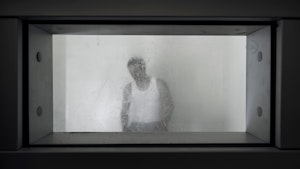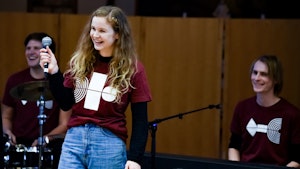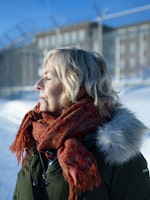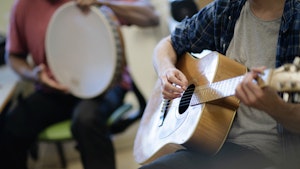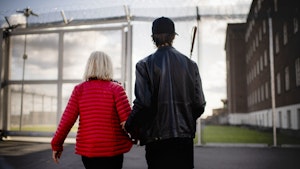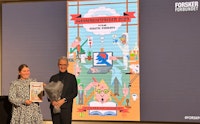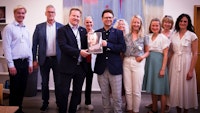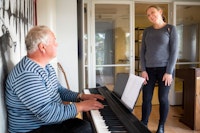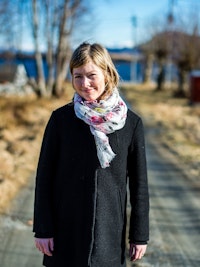The objective of the project Music in Prison is to lay the groundwork for new human encounters through concerts and joint music activities in various prisons.
A prison, as a concert arena, is different from the venues where students usually present their music – an arena that has an impact on everyone who participates. Being behind the walls means encountering an everyday life marked by isolation and restrictions.
For the inmates, too, the concert situation is unique, since they have not actively chosen to go to a concert. All the same, reports indicate that the music and this type of experience are very meaningful, and many inmates have expressed their gratitude that the Norwegian Academy of Music (NMH) has brought music to them.
Bente Almås, project coordinator since 2011 and associate professor of music education, wants to find out what effect the prison concerts have on the students. Do they enhance awareness of communication and dialogue? Do the students’ attitudes change? Do their views of the inmates change?
